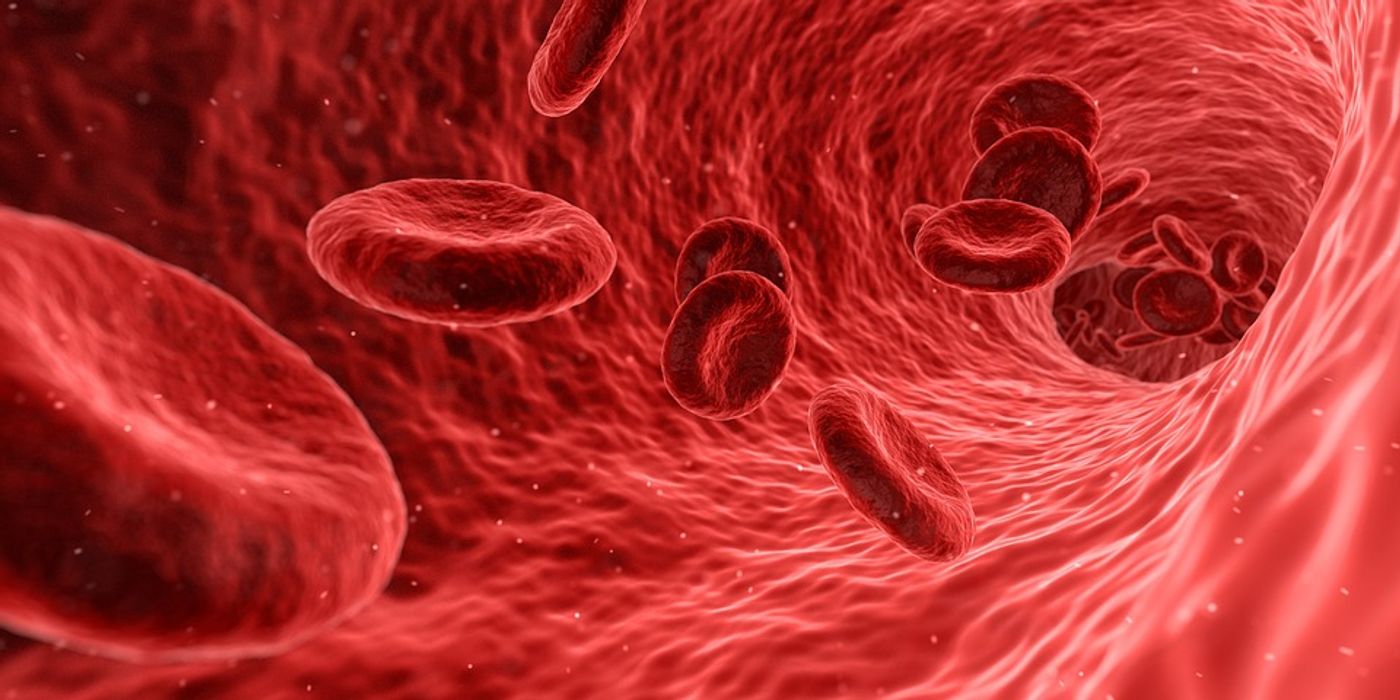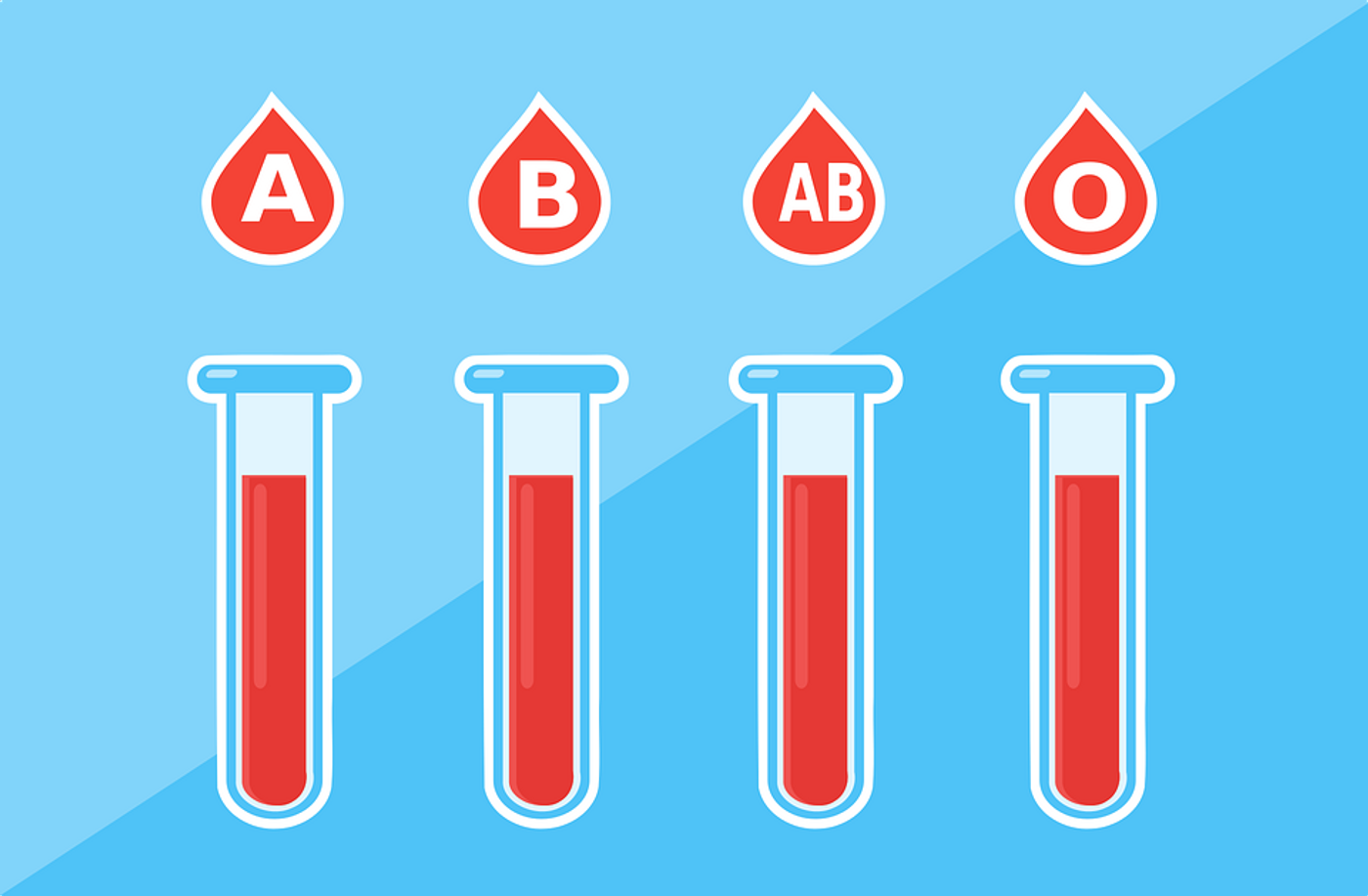You Might Not Know You Have Anemia
Of all the blood disorders, anemia is the most common. According to The Heart Lung and Blood Institute, it affects over 3 million Americans. Some people with anemia have a genetic disorder causing the condition. Others may have suffered a significant trauma in which they lost a lot of blood. Finally, those who are pregnant or who have recently given birth are also more likely to develop anemia.
Red blood cells play a role in anemia. These specialist cells carry hemoglobin to tissues throughout the body. Hemoglobin is an iron-rich protein that attaches to oxygen in the lungs. When you do not have enough hemoglobin, or when your blood cells function improperly, you may be diagnosed with anemia. In men, anemia occurs when hemoglobin values fall under 13.5. In woman, that figure is 12.0. These values vary with age for children.
Because anemia means your body lacks adequate oxygen, you may experience headache, cold extremities, weakness, or shortness of breath as symptoms.
A few factors make a person more at risk for anemia. Women suffering from heavy menstrual cycles or who are pregnant are some of the most susceptible. Additionally, people with chronic conditions such as liver disease, cancer, or rheumatoid arthritis are at an elevated risk. In addition to the conditions mentioned above, aging is a factor, with people being more likely to develop anemia as they age.
There are a few types of anemia to know about as they are more common. The first, Iron Deficiency Anemia, is the most common. This can be the result of blood loss or, occasionally, poor iron absorption. Because pregnancy and childbirth require a great deal of iron, pregnant woman, or those who have recently given birth, may experience this type of anemia. Other persons who may be iron deficient are those who have undergone gastric bypass surgery and cannot absorb enough iron as a result.
Next, Aplastic Anemia is a bone marrow disorder in which the body stops producing enough red blood cells, white blood cells, and platelets. Infections, radiation, and exposure to toxins can also cause Aplastic Anemia. Whatever the cause, it results in the bodies immune system attacking blood-producing cells within the marrow.
Finally, Sickle Cell Anemia is an inherited disorder in which the hemoglobin protein is abnormal. This causes the red blood cells to be rigid, and as a result, they do not flow normally through smaller blood vessels. This limits the amount of oxygen delivered to the body.
The symptoms of anemia are often overlooked. Many people, even in extreme cases, do not realize they have a condition as the body adjusts to limited oxygen levels. Most persons with the condition only find out after a blood test has been ordered.
In most cases, doctors will prescribe iron supplements and monitor the condition with blood tests. In more extreme cases, transfusions may be required to provide the body with enough blood.
The above video, from Osmosis, goes into depth about Sickle Cell Anemia one of the most common anemia types.
Sources: Osmosis, Mayo Clinic, National Heart Lung and Blood Institute











